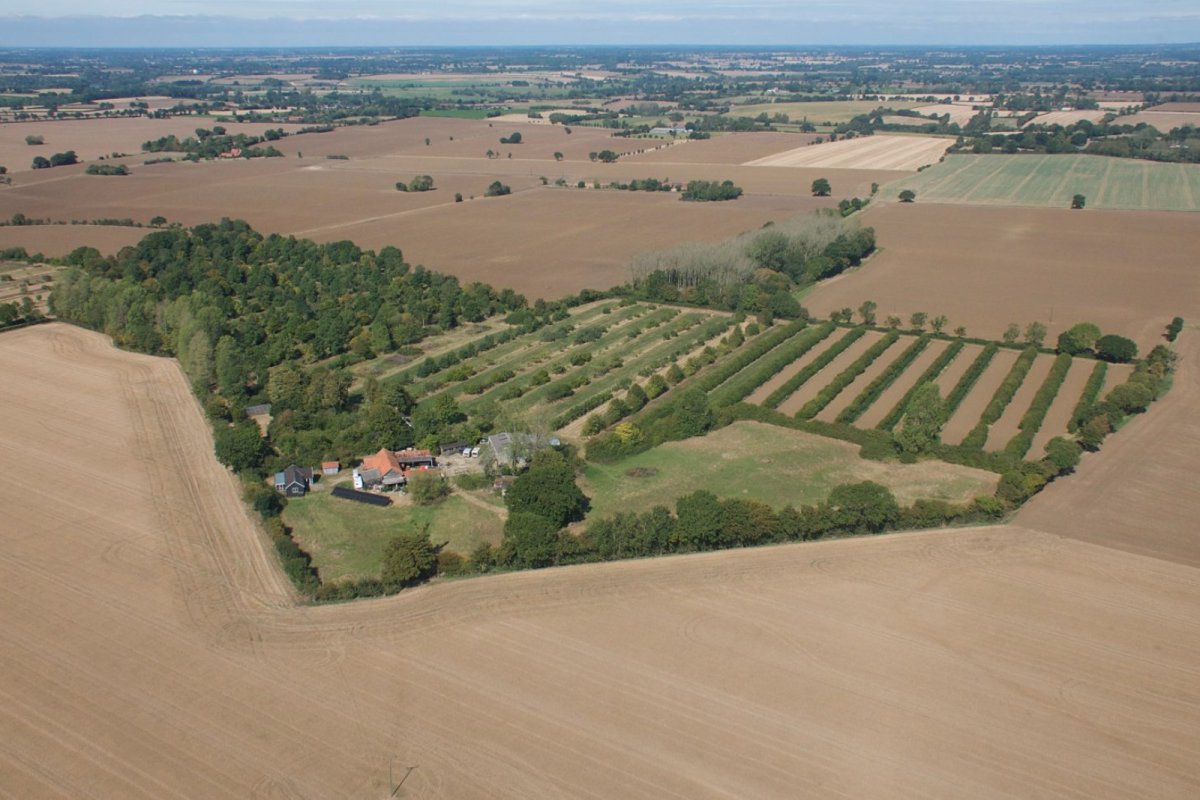This checklist is intended to ensure all applications for intensive livestock development meet the required standards of transparency and legal compliance when they are submitted, and to allow planners and the public to have the necessary information to consider whether developments contribute to local and national policy priorities. This includes development with livestock numbers below the Environment Agency’s threshold for an Environmental Permit.
According to statutory guidance, an Environmental Impact Assessment (EIA) must disclose the likely significant effects of the proposed development on the environment” and “identify, describe and assess the direct and indirect significant effects of the development on population and human health, biodiversity, land, soil, water, air and climate, material assets and cultural heritage”.
This checklist has been designed to help planning teams manage the proven legal risks associated with approving planning applications with EIAs that do not meet statutory guidance. The checklist can and should be integrated into other guidance or checklists used by planning teams.
1. Demonstrated need
Evidence that the development is addressing known nutritional gaps for a sustainable and healthy diet (e.g., fruit, vegetables, pulses, legumes, nuts), rather than products already in oversupply.
2. Environmental Impact Assessment (EIA) content
(These must be provided in full where the project requires an EIA assessment, i.e. is above threshold size. It is also encouraged for non-EIA developments, to ensure the application contributes to local and national environmental and health targets.)
Climate change and emissions
- Scope 1, 2, and 3 emissions quantified using recognised methodology, including direct (on-site) and indirect (upstream/downstream) emissions: including construction, feed production, processing, transport, waste, and energy use (to ensure conformity with Finch v Surrey CC).
- Assessment of how the development aligns with healthy, sustainable diet recommendations (e.g., the Climate Change Committee’s recommendation for a 20–50% reduction in meat/dairy by 2050).
Waste and pollution management
- A solid & liquid waste management plan including on and off-site manure/digestate management, destination, and nutrient budgeting (for compliance with Herefordshire Council v NFU and Squire v Shropshire rulings).
- Demonstrates nutrient deficiency and requirement at the proposed land-spreading location(s).
- Shows waste will not cause exceedance of nutrient thresholds in any catchment.
- Effect on odour and dust (to ensure compliance with Squire v Shropshire).
Nutrient neutrality assessment
- Required in catchments with designated sites at risk (SACs, SSSIs) or within Nutrient Neutrality Zones, or risking rivers that are in unfavourable condition (to ensure conformity with NFU v Herefordshire Council).
- Demonstrates no net increase in nutrient loading.
Water resources
Water resource availability assessment:
- Confirms sustainable and sufficient water supply capacity for the development without compromising other users, including evidence from the relevant water undertaker and/or Environment Agency.
- Incorporates water efficiency measures.
Water quality protection:
- Measures to prevent contamination of surface and groundwater from run-off, slurry, or chemical use (for compliance with NFU v Herefordshire Council).
- Pollution risk modelling for sensitive receptors (rivers, wetlands, aquifers).
Biodiversity and ecology
Ecological statement:
- Identifies direct and indirect impacts on habitats, soils, air, and water, including the land required to grow feed.
- Includes ammonia, nitrate, phosphate, and particulate matter modelling for sensitive habitats.
Cumulative impacts:
In-combination effects with other developments on biodiversity and habitat condition. (for compliance with Caffyn v Shropshire).
Mitigation and enhancement:
Measures to prevent habitat degradation and secure biodiversity net gain (per NPPF and Environment Act requirements).
3. Animal welfare (if local policy adopted)
Assessment of welfare conditions for animals kept on-site.
4. Economic and social benefits
Employment quality:
- Number, type, and quality of jobs created (permanent/seasonal; full-time/part-time).
- Pay and conditions in line with fair work standards.
Local economic contribution:
- Evidence that economic value will remain in the local area (e.g., local feed suppliers, processors, and markets).
- Demonstrates contribution to local supply chains, SMEs, and community benefit.
5. Design, amenity and transport
Amenity impact assessment:
Effects on nearby residents from odour, noise, traffic, dust, lighting, and visual impact.
6. Traffic impact assessment
Demonstrates safe accommodation of traffic within local road network.
Requiring the above information for all livestock planning applications is in line with local and national policy because:
- It’s a precautionary approach: in line with the UK’s obligations under the Environment Act 2021 and international agreements.
- Small sites add up: Several “below-threshold” livestock units (below the Environment Agency’s requirement for an environmental permit) in the same area can together exceed environmental capacity. The Shropshire County Council v Caffyn ruling, found that cumulative impacts need to be assessed.
- Fewer post-consent problems: Anticipating environmental constraints early reduces the likelihood of enforcement issues or legal challenges.
Sustain • Food for the Planet • Integrating sustainable farming into your local plan: Toolkit for English Councils
